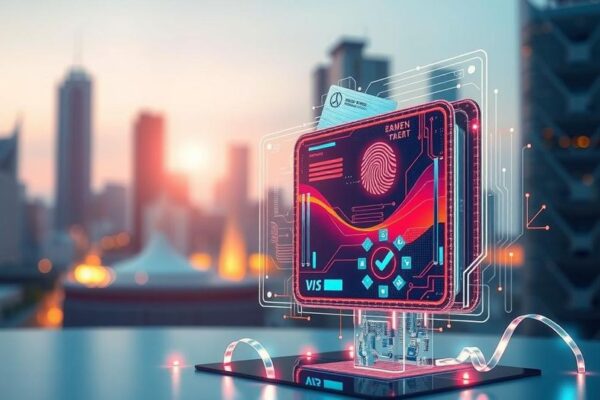
Comprehensive Analysis and Forecast of the Automated Fingerprint Identification Systems (AFIS) Market Through 2032
The AFIS market, using biometric technology for fingerprint recognition, is projected to experience moderate growth driven by rising security demands in various sectors. Increasing digitalization, government support for e-governance, and advancements in telecommunication are key growth drivers. North America remains the largest market, with ongoing investments in technology expected to sustain revenue growth through 2032….










